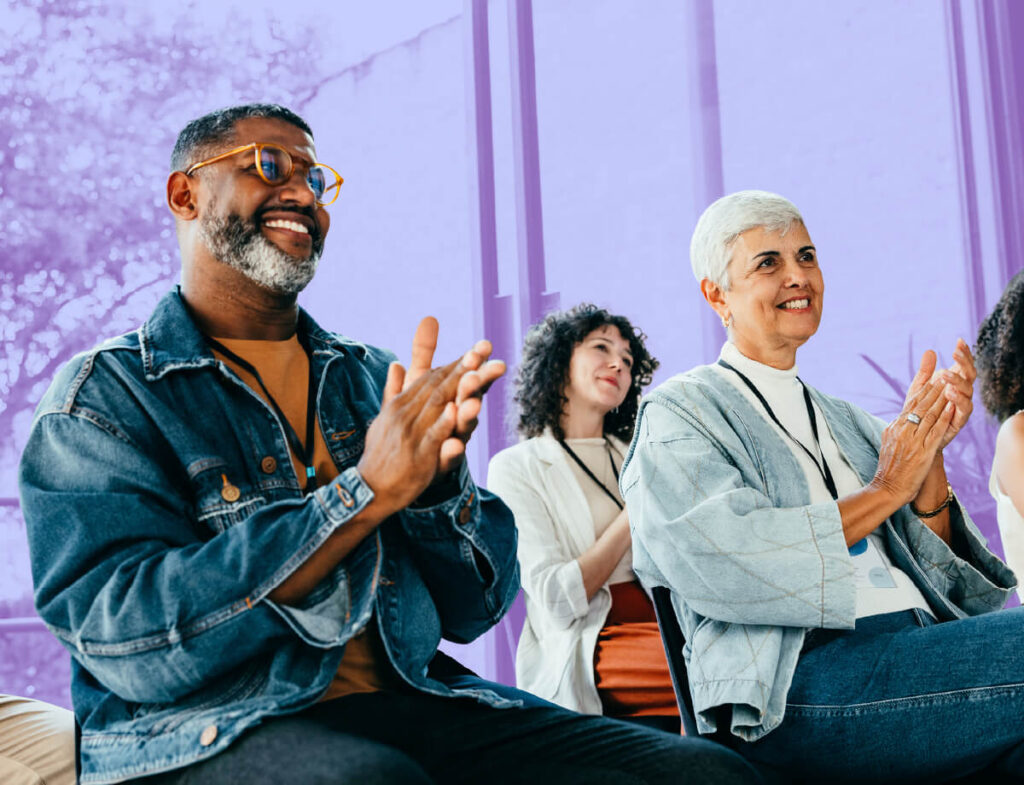A small number of major donors have the potential to make up a large part of your nonprofit organization’s total revenue. As a result, you should allocate a significant amount of time, attention, and resources to growing and sustaining your major gifts program.
In this guide, we’ll explain how to conduct major donor outreach and cultivate relationships with this important group of donors, so you can secure critical contributions that advance your cause.
What is major donor outreach?
Major donor outreach is the act of communicating with current and prospective donors to solicit support for your cause. This outreach can be done through direct mail, events, meetings, and any other means that allow you to build relationships with individuals who can significantly impact your fundraising goals.Why is major donor outreach important?
Major donors account for the bulk of nonprofit organizations’ fundraising revenue and therefore require more one-on-one attention than smaller, one-time supporters. To secure their support, nonprofits need to get to know major donors’ and major prospects’ interests and preferences. Then, your organization can use that information to reach out and cultivate relationships with them. That’s where major donor outreach comes into play. With the right communication and stewardship methods, major donors will develop a sense of loyalty to your nonprofit organization and continue to contribute significant funds.6 major donor outreach ideas to inspire support
Use these six strategies to communicate with major donors and inspire their continued support:1. Send personalized solicitations
After conducting wealth screening that takes into account characteristics like giving history, business affiliations, and stock ownership, you should have a better understanding of which of your supporters have the capacity to be considered current or prospective major donors. Based on this information, create a mailing list of major donors and prospects. Send targeted messages that show the impact of their generosity and encourage their ongoing support. Use a multichannel marketing approach that leverages the following channels to reach the widest possible audience:- Email: Email marketing is an inexpensive and easy way to obtain major gifts. Avoid falling into spam or trash folders by using a clear and compelling subject line, such as, “We need your help to fight climate change.”
- Direct mail: Although direct mail comes with additional costs, sending physical invitations generally results in high response rates among high-value donors. You can further personalize this outreach by handwriting thank-you letters and addressing each one to the individual donor.
- Phone calls: Call your major donors directly and have a brief conversation about your need for support. Tell them about your campaign and your latest initiatives. Gauge how strongly they feel about those issues before asking for a gift.
2. Hold individual and group meetings
After reaching out to prospective and current major donors, you need to build meaningful relationships with them to secure their support. Begin with an initial introductory meeting with each individual major donor. This may be an hour-long lunch or a 15-minute video chat depending on the donor’s preferences. You might use this meeting to introduce your organization’s purpose, discuss upcoming fundraising plans, or explain the positive impact of a past gift. Each conversation should emphasize that your nonprofit relies on their involvement to drive your purpose forward. If they express interest in supporting your nonprofit organization, invite them to an event or gathering hosted by a peer leader, ideally someone who is a longtime major donor. Use this time to take the temperature of potential donors, note which programs they are most interested in, and talk about how current donors can grow their involvement with your organization.3. Offer volunteer opportunities
Invite major donors, who have already gotten to know your nonprofit organization, to get involved beyond making a donation. Asking them to participate in or lead an upcoming volunteer opportunity will help them better understand the importance of the work that you do and deepen their connection to your cause. After each volunteer event that a major donor participates in, send a thank-you letter and include a survey to request feedback and evaluate the effectiveness of your program. Tailor your future opportunities according to their responses to make major donors feel like an integral part of your organization.4. Give a tour of your facility
To effectively engage major donors, use strategies that extend beyond a donation ask. Consider organizing a non-ask event, such as a tour of your facility or program location. This allows the donor to learn more about your purpose and see the impact of their contributions firsthand. Such initiatives also build the foundation for a successful donor engagement cycle, since they make major donors feel like a partner, rather than just a financial contributor.5. Host major donor events
Major donor events, also called cultivation events, are an opportunity to highlight your work, show appreciation, and express your continued need for support. Whether you decide to host a gala, auction, or cocktail party, these events should be exclusive to high-value donors so that you can focus on building relationships with them. Major donor events have the potential to secure many large donations at once while stewarding your top supporters. Following your event, send a thank-you letter to each person who attended to leave a positive impression.6. Celebrate important milestones
To ensure your communications are relevant, track information about your major donors, such as their giving and engagement history, in a dedicated nonprofit CRM. Use this saved information to personally reach out to donors with handwritten letters of appreciation when they reach important milestones, such as their first full year with your organization or their tenth major gift. Also, make note of each major donor’s birthday so you can send them a card or small gift on their special day. Remembering personal details about your major donors can organically lead to a more involved relationship.Securing long-term support from major donors
Each major donor has their own reasons for giving to your nonprofit, meaning they have individual preferences about how you reach out to them. Tailor your communication strategies according to their preferences and regularly get in touch with your major donors. With consistent and personalized outreach, your major donors will continue giving support to your nonprofit organization.
Ready to Get Started?




